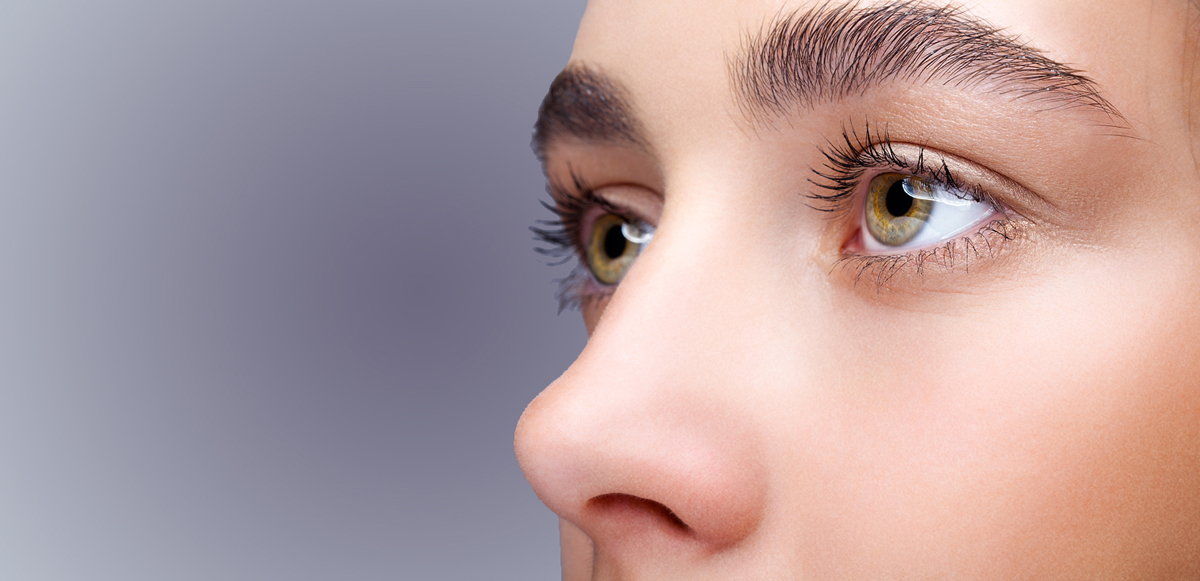
After your rhinoplasty, swelling of the nose and face is normal and may initially give the impression that your nose is larger. During the first two weeks post-surgery, the swelling will be quite noticeable. But after the second week, the swelling usually subsides and becomes much less obvious. However, the nose may still appear slightly “puffy” for several months.
Four months after the operation, the majority of swelling should dissipate, but it sometimes takes a full year for all the nasal swelling to disappear and for you to see the true final result of your nose surgery.
Swelling of the upper part of the head after rhinoplasty
The fullness or bulbous appearance, particularly of the nasal tip after rhinoplasty, is a complication that can be very disappointing. The fullness of the nasal tip is called “supratip fullness” and can give the impression that the tip of your nose is drooping, somewhat like a parrot’s beak.

Correct positioning of the nasal tip during rhinoplasty
An aesthetically pleasing nasal tip should be positioned to project beyond the dorsum (the outer ridge of the nose) by about 1 to 2 mm. Adequate support to the tip must be provided so that it maintains its position. A properly positioned nasal tip, resulting from rhinoplasty, which continues to appear droopy long after the swelling has subsided due to fullness above the tip, is classified as a complication of supratip fullness. Several factors can lead to this problem, compromising the ideal aesthetics of your nose.
Under resection of the septum just behind the tip
The septum is the wall that separates your nostrils and acts as the main central support pillar of the nose. Often, during nose cosmetic surgery, areas of the septum are removed to eliminate any deviation that might affect your breathing.
Despite the removal of septal cartilage, experts must preserve a good amount of septum to maintain support of the nose’s infrastructure. This is especially important at the front of the nose, where the nasal tip is often supported by the most prominent part, called the anterior septum. Yet, there is an area just behind this region that needs to be lowered, or else it will remain prominent and lead to supra-tip deformity.
Soft fatty tissue of the nasal skin
The nasal skin is often fatty, and if left untreated, this fat can actually blunt the shape of the nasal tip despite surgical maneuvers aimed at refining it. Additionally, this fat can fill the area behind the nasal tip, resulting in fullness of the upper tip. To ensure a well-defined nasal tip, proper defatting of the supratip region during rhinoplasty is necessary.
Memory of the skin envelope
Over decades, the skin of the supratip region often stiffens to take on a fuller convex shape. Despite the removal of underlying structures that created a fuller supratip region, the skin may not conform to the new shape. In this case, a slight incision of the lower part of the skin may be necessary.
Additionally, during rhinoplasty, a small internal stitch can help bring the skin of the supratip region back to its new contour. Finally, aggressive bandaging and the use of an external splint help reshape the skin envelope of the upper tip.

